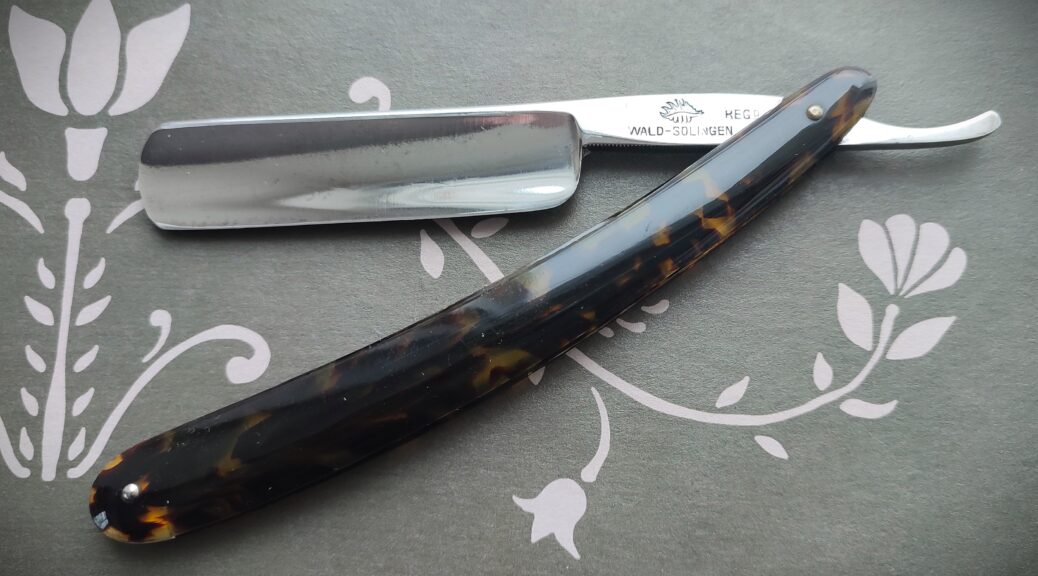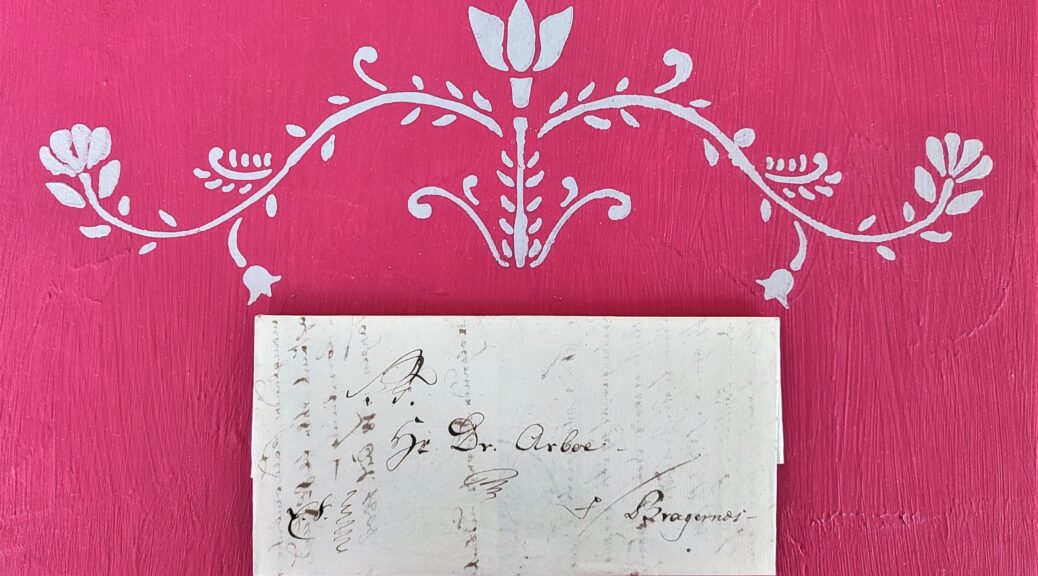Point to Paper – Grandpa Shaved with a Straight Razor and wrote with a pencil made of slate
Grandpa Walther grew up in Eastern Norway. He shaved with a straight razor. For him, being able to sharpen a blade that could cut facial hair was the mark of a man. I often wonder about things that once were common in Norway and suddenly became alien. Many things that were in everyday use for decades, generations and centuries have become obsolete and strange. Many things that were common in my grandpa’s childhood and youth in the 1910s and 1920s are…


